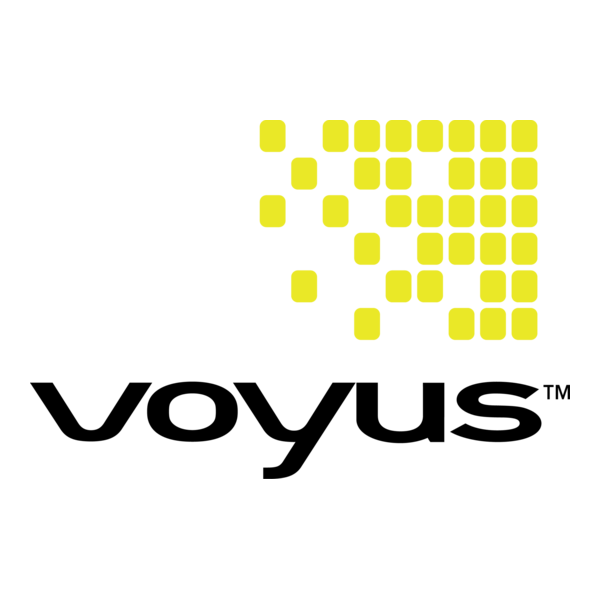
Voysis: Complete Buyer's Guide
Brand-owned voice commerce solution
Voysis was a pioneering voice AI platform specifically designed for ecommerce applications that enabled natural language product search, transaction processing, and contextual refinement capabilities before its acquisition by Apple in 2020[51][53][56].
Market Position & Maturity
Market Standing
Voysis occupied a unique strategic position in the voice commerce market as an independent alternative to Amazon Alexa and Google Assistant dominance, specifically targeting mid-market retailers seeking custom voice solutions without platform dependency[51][58].
Company Maturity
Voysis concentrated exclusively on ecommerce voice applications, developing deep domain expertise in retail-specific NLP and product discovery challenges[51][53][56].
Growth Trajectory
Growth trajectory ended abruptly with Apple's acquisition, which absorbed all IP and operations into Siri development[54][57].
Industry Recognition
The company's ability to attract Apple's acquisition interest in 2020 demonstrated significant technological value and market potential[54][57].
Longevity Assessment
The acquisition outcome highlighted both the platform's innovation value and the inherent risks of vendor dependency in emerging technology markets.
Proof of Capabilities
Customer Evidence
Customer implementation evidence included furniture retailers achieving contextual product discovery through voice commands like "show me products under $1000" followed by "now only in red," demonstrating sophisticated conversation memory and intent understanding[56].
Quantified Outcomes
Technical performance validation came through controlled demonstrations showing 95% accuracy in domain-specific intent recognition for furniture retail applications and <500ms response time for voice queries[56][57].
Market Validation
Market validation included testimonials from retail CTOs praising the ability to deploy "branded voice experiences without surrendering data to platform giants" and ecommerce directors highlighting contextual refinement capabilities that "exceeded expectations for product discovery"[53][56][58].
Competitive Wins
Competitive validation came through Apple's 2020 acquisition, which absorbed all Voysis IP and operations into Siri development[54][57].
Reference Customers
Reference customer disclosure remained limited in public sources, with testimonials lacking specific company attribution for competitive protection reasons[53][56][58].
AI Technology
Voysis built its voice commerce platform on a sophisticated multi-layered AI architecture combining speech recognition, natural language processing (NLP), and text-to-speech technologies specifically optimized for ecommerce applications[54][56].
Architecture
The platform's API integration architecture supported comprehensive ecommerce backend connectivity with reported 2-4 week implementation timelines for basic integrations[51][53].
Primary Competitors
Amazon Alexa, Google Assistant
Competitive Advantages
Complete customer data ownership versus platform control, custom NLP training for retailer-specific terminology, and visual-voice integration capabilities not available through generic voice assistants[51][53][56][58].
Market Positioning
Market Positioning Strategy emphasized "Switzerland of voice commerce" neutrality, avoiding the platform conflicts that retailers faced with Amazon (competitor) and Google (advertising dependency)[48][51].
Win/Loss Scenarios
Win/Loss Scenarios favored Voysis when retailers prioritized data ownership, required sophisticated product discovery capabilities, and had technical resources for custom implementation[51][53][58].
Key Features

Pros & Cons
Use Cases
Pricing
Featured In Articles
How We Researched This Guide
About This Guide: This comprehensive analysis is based on extensive competitive intelligence and real-world implementation data from leading AI vendors. StayModern updates this guide quarterly to reflect market developments and vendor performance changes.
59+ verified sources per analysis including official documentation, customer reviews, analyst reports, and industry publications.
- • Vendor documentation & whitepapers
- • Customer testimonials & case studies
- • Third-party analyst assessments
- • Industry benchmarking reports
Standardized assessment framework across 8 key dimensions for objective comparison.
- • Technology capabilities & architecture
- • Market position & customer evidence
- • Implementation experience & support
- • Pricing value & competitive position
Research is refreshed every 90 days to capture market changes and new vendor capabilities.
- • New product releases & features
- • Market positioning changes
- • Customer feedback integration
- • Competitive landscape shifts
Every claim is source-linked with direct citations to original materials for verification.
- • Clickable citation links
- • Original source attribution
- • Date stamps for currency
- • Quality score validation
Analysis follows systematic research protocols with consistent evaluation frameworks.
- • Standardized assessment criteria
- • Multi-source verification process
- • Consistent evaluation methodology
- • Quality assurance protocols
Buyer-focused analysis with transparent methodology and factual accuracy commitment.
- • Objective comparative analysis
- • Transparent research methodology
- • Factual accuracy commitment
- • Continuous quality improvement
Quality Commitment: If you find any inaccuracies in our analysis on this page, please contact us at research@staymodern.ai. We're committed to maintaining the highest standards of research integrity and will investigate and correct any issues promptly.